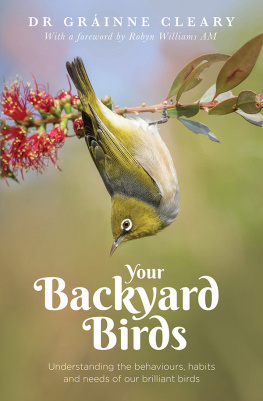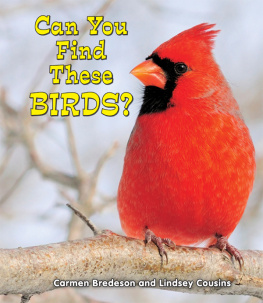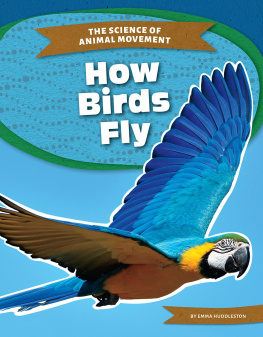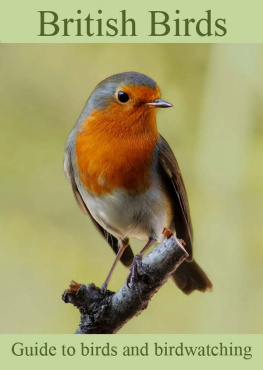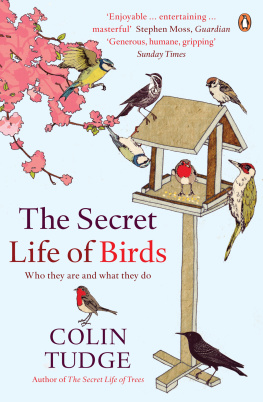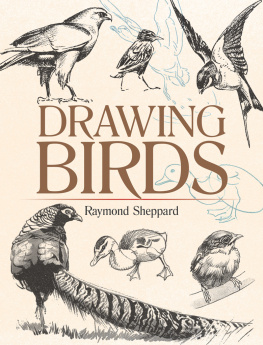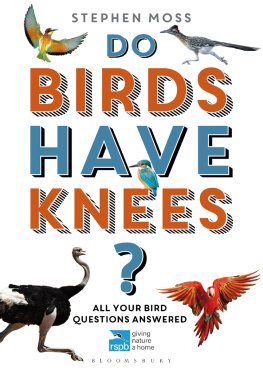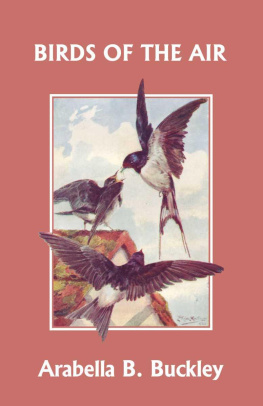
Feathers are unique in the animal kingdomonly birds have them. Other animals capable of flight, such as bats and gliders, do not have feathers. We used to think that feathers evolved directly from dinosaur reptilian scales but, today, we know feathers evolved before birds and avian flight. Instead of flight, the early function of feathers included thermal insulation, communication and water repellence.
A 2005 publication by Alan Feduccia and colleagues from the Department of Biology, University of North Carolina, USA, debates whether flight evolved through an arboreal ancestral bird gliding or a running terrestrial ancestor launching into the air.
The evolution of avian flight required movements of the forelimb and tail to decouple, as well as other elaborations of body parts important to allowing controlled flight without majorly compromising movement on land. Once birds became strong flyers, they were ready to exploit many new environments. By the end of the Cretaceous period, they had adapted into the large array of types known today.
What are feathers made of? Feathers are made of a lightweight material called keratinthe same stuff as our hair and fingernails. Muscles evolved to enable the bird to move each feather as needed. In flight, as a bird flaps its wings down, the feathers move together. Then, as the bird moves its wings up, the feathers move apart and allow air to pass through. Rememberbirds have hollow bones, another adaptive feature that aids in flight because their skeletons do not contribute much to their total body weight. While feathers themselves are lightweight, their collective weight can be more than a birds skeleton, especially when wet.
There are several different types of feathers. Besides feathers that help birds fly, down feathers and semi-plume feathers keep birds warm. These feathers allow birds to trap pockets of air close to their bodies, keeping them warm. The bird can rearrange or adjust their feathers to trap more or less air. This is why, on cold and wet days, you see birds with their feathers all fluffed up. Feathers, especially dark-coloured ones, even help protect against the sun.
The largest feathers on a bird are called contour feathers; these include the flight feathers and tail feathers. Filoplumes are the simplest feathers. These hair-like, and usually stiff, feathers sit under the contour feathers. Importantly, filoplumes have receptors that help birds understand what is going on with their contour feathers. Pulviplumes, or powder down feathers, grow continuously and are not moulted; instead, they disintegrate at their tips into a fine power. The bird uses the powder on the rest of its plumage when preening to help keep its feathers waterproof and clean.
Birds can also have ornamental feathers; these feathers have an unusual shape and no obvious practical function, such as tail feathers in peacocks. Ornamental feathers are almost always involved in courtship and territorial displays, to be shown to rivals and potential mates. For males during the breeding season, these feathers may act as a sexual handicap because they are high maintenance, giving females an indication of a males overall health and heritable viability. Only strong healthy males with access to high-quality food and time at their disposal can afford to grow and keep these temporary feathers in good, healthy condition.
Feathers can tell you a lot about the bird they come fromthey are worth noticing. Finding feathers in urban areas can tell you the type of birds that are visiting, even if you do not see that particular bird. I once found a kookaburras tail feather in the middle of Richmond town in Melbourne, but had never seen one in the area!
Before we can answer this question, we need to ask: how do birds perceive the world? Obviously, colour is important in the avian world, and they must look very different to one another than they do to us. A birds colour helps it attract mates, identify their own species, hide from predators through camouflage and attract attention when mating. Birds even have special oil droplets in front of the cones in their eyes that sharpen their colour vision even further.
How is plumage colour produced? The colour in feathers occurs in two main ways, from either pigment or by light refraction that is caused by the structure of the feathers. Occasionally, as with the green of some parrots, a combination of both is used.
In 2015, Olle Lind and colleagues from the Department of Philosophy, Lund University, Sweden, found that some species can see ultraviolet (UV) colours better than others.
When birds use colour to signal to each other, it is generally males advertising their health and dominance; thus, blue- and ultraviolet-coloured feathers must be well looked after. Red can also be a conspicuous colour, though this is not always the case. A number of rainforest birds have red plumage because this colour is difficult to see in the forest. Whether the vividness of an iridescent colour is also a good indicator of a males health is still a matter of debate, but some birds go to great lengths to show off these colours in the best possible light. For example, male peacocks that display at a 45-degree angle to the right of the sun are most successful, because females can perceive the iridescence of their plumage most clearly at this angle.
So how is colour created? Colour can be achieved in a couple of ways. First is by using pigments. Some pigments can be manufactured from compounds available in the body as with parrots/cockatoos, or pigments can be eaten and transferred into a birds feathers, beak or skin as seen in other birds. Melanin is the pigment responsible for the colour of our hair and that of most of the animal kingdom. There are two types of melanin (eumelanin and phaeomelanin); these molecules can be found in almost every bird species on the planet. If a feather does not contain melanin, it will appear white. Melanin also strengthens and helps to protect feathers, meaning that flying birds usually have black wingtips, helping the feathers to avoid abrasion from the wind sweeping over the wings. Almost every seabird and long-haul flyer has this patterning on the wingtips. Eumelanin is responsible for black plumage; different concentrations of eumelanin create various shades of grey, up to deep black when deposited heavily. Phaeomelanin creates a whole range of colours from bright gold to brown; when combined with eumelanin, it creates almost every shade of brown.
Another common pigment found in birds is carotenoids, which create vivid reds, oranges and yellows. Yellow is the most common carotenoid-based colour, while red is widespread but less common. Unlike melanin, which comes in two forms, carotenoids can appear in more than a dozen different forms. Lets look at this in more detail. Carotenoids are different because they cannot be synthesised by birds; they must be acquired via what the birds eat such as plant matter. To create feathers with bright colours, the bird needs to consume food items that contain these pigments. Carotenoids then circulate through the bloodstream and into the feathers follicles. A flamingos pink colour comes from the food it eatsbrine shrimp and blue-green algaeand a fairy-wren gets its colour in part because of the seeds in its diet. In contrast, a parrots colour is determined by its genes. Parrots and cockatoos have their own unique pigments for making yellows and reds, called psittacofulvins. Unlike carotenoids, parrots make these pigments within their bodies without having to ingest them.
As mentioned earlier, some colours cannot be achieved by using pigment alone; instead, they are created through structural colouration. Birds that appear glossy, or whose plumage seems to change colour depending on the light and angle at which it is viewed, have a different type of structural colouration called iridescencestarlings, for instance. Iridescent feathers get their colour from interference; waves of light interact with each other to either reinforce or cancel out a particular colour. Iridescent feathers seem to change colour from black to green or purple. It really is magic how birds evolved to use colour.
Next page

